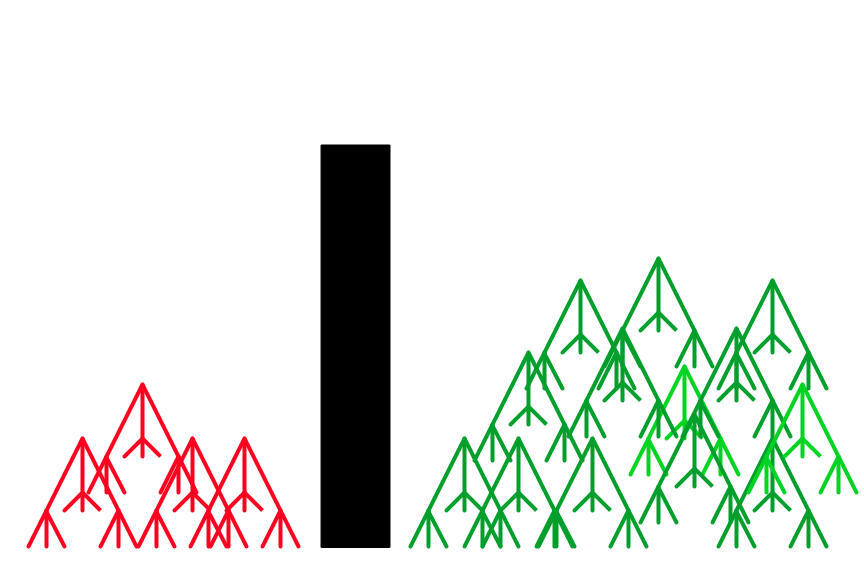
What makes a marked-up document valuable is the added value that the markup brings. Without markup, the computer can't tell that This is Emphasized and This is a Book Title. A human can, and needs to let the computer know.
<poem> <title>The duck</title> <author>Ogden Nash</author> <stanza> <line>Behold the duck.</line> <line>It does not cluck.</line> <line>A cluck it lacks.</line> <line>It quacks.</line> </stanza> <stanza> <line>It is especially fond</line> <line>Of a puddle or pond.</line> <line>When it dines or sups</line> <line>It bottoms-ups.</line> </stanza> </poem>
<poem> <author>Btqra Anfu</author> <stanza> <line>Orubyq gur qhpx.</line> <line>Vg qbrf abg pyhpx.</line> <line>N pyhpx vg ynpxf.</line> <line>Vg dhnpxf.</line> </stanza> <title>Gur qhpx</title> <stanza> <line>Vg vf rfcrpvnyyl sbaq</line> <line>Bs n chqqyr be cbaq.</line> <line>Jura vg qvarf be fhcf</line> <line>Vg obggbzf-hcf.</line> </stanza> </poem>
<cbrz> <gvgyr>Gur qhpx</gvgyr> <nhgube>ol Btqra Anfu</nhgube> <fgnamn> <yvar>Orubyq gur qhpx.</yvar> <yvar>Vg qbrf abg pyhpx.</yvar> <yvar>N pyhpx vg ynpxf.</yvar> <yvar>Vg dhnpxf.</yvar> </fgnamn> <fgnanm> <yyar>Vg vf rfcrpvnyyl sbaq</yyar> <yyar>Bs n chqqyr be cbaq.</yyar> <yyar>Jura vg qvarf be fhcf</yyar> <yvar>Vg obggbzf-hcf.</yvar> </fgnanm> </cbrz>Can you see them?
expression = number operator number
operator = '+'
operator = '-'
number = DIGIT
number = number DIGIT
number = '(' expression ')'
DIGIT = '0'
DIGIT = '1'
DIGIT = '2'
...
DIGIT = '9'
 Separating the valid from invalid.
Separating the valid from invalid.
 Sheep on the right, goats on the left.
Sheep on the right, goats on the left.
 And a great gulf shall be established between them.
And a great gulf shall be established between them.
<xsd:simpleType name="grade"> <xsd:restriction base="xsd:integer"> <xsd:minInclusive value="0"/> <xsd:maxInclusive value="100"/> </xsd:restriction> </xsd:simpleType>
<xsd:element name="orderDate" type="xsd:date"/> <xsd:element name="partnumber" type="my:partnum"/>or in the document instance:
<my:shipDate xsi:type="xsd:date">2006-12-04</my:shipDate>
<xsd:complexType name="address">
<xsd:sequence>
<xsd:element name="name" type="xsd:string"/>
<xsd:element name="street" type="xsd:string"/>
<xsd:element name="city" type="xsd:string"/>
<xsd:element name="state" type="my:state-or-province"/>
<xsd:element name="zip" type="my:zipcode"/>
</xsd:sequence>
</xsd:complexType>